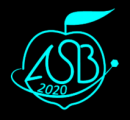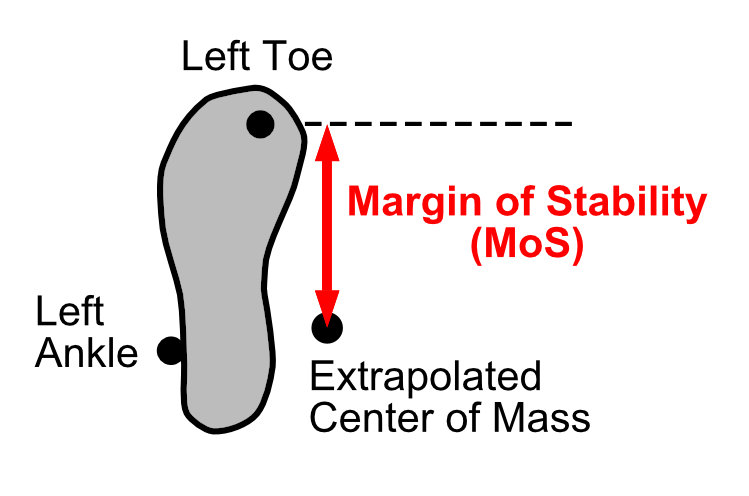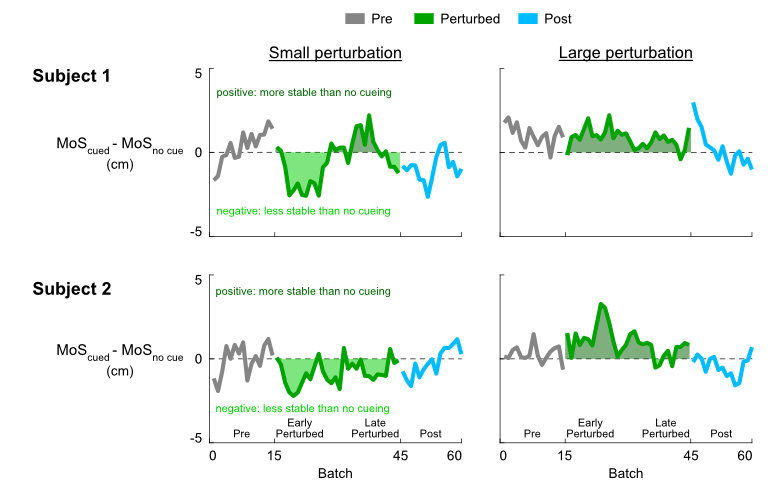Welcome to poster #853! Please reload the page so you see the latest version.
We hope this webpage looks like a traditional printed poster when viewed on a computer, but it also has interactive elements like flip boxes, videos, and image carousels. So, hover over items and click/tap/swipe on them. FYI, default features are the quick main takeaways, while additional details involve a click/tap/swipe.
Locomotor adaptation to visual cueing of impending mechanical perturbations during treadmill walking
Jinfeng Li
Department of Mechanical and Aerospace EngineeringUniversity of Central Florida
jinfeng@knights.ucf.edu
Helen J. Huang
Department of Mechanical and Aerospace EngineeringDisability, Aging, and Technology (DAT) cluster
University of Central Florida
hjhuang@ucf.edu
Purpose: To determine whether visual cueing of the magnitudes of impending mechanical perturbations facilitates adaptation during perturbed walking.
Hypothesis: Visual cueing of impending mechanical perturbations will facilitate adaptation (specifically, result in larger margins of stability compared to no cueing).
Background
Brief decelerate belt speeds during every right midstance can perturb walking and balance [1].
Subjects initially decreased anterior-posterior margin of stability when first experiencing the perturbations but adapted back towards baseline [1].
Visual cueing of the perturbations may facilitate an anticipatory strategy and increase adaptation [2].
experimental protocol
visual cueing seems to be beneficial for large perturbations but not for small perturbations
thoughts thus far...
These results suggest that visual cueing does not necessarily improve adaptation to impending mechanical perturbations during gait.
Next steps: collect more subjects to determine whether this behavior occurs in more subjects and in older adults.
references
[1] Li J and Huang HJ. Dynamic Walking 2019: 47.
[2] Wu M et al. PLoS One. 2015;10: e0132707.
acknowledgements
Supported by NIH R01AG054621 and a University of Central Florida In-House grant.







